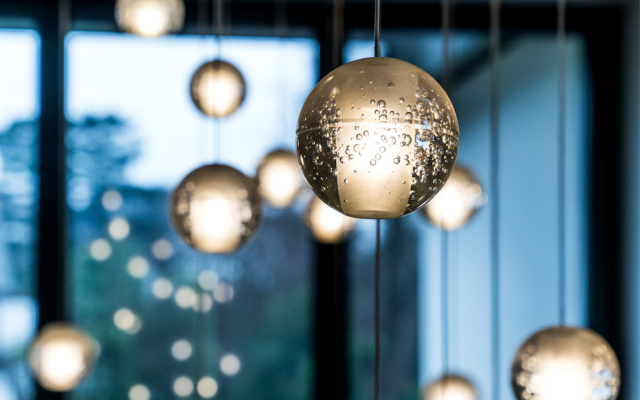Effective Guide to Minimalist Lighting
Minimalist lighting is certainly one of the distinct trailblazers that has succeeded the advent of industrial illumination. In terms of functionality and design, minimalist lighting involves the illumination of a plain, simple and uncluttered spaces with a view of emphasizing its standout structural features. This therefore means that minimalist lighting is mainly used to enhance interior designs to the end that they might become both functional and beautiful.
A space’s milieu can be gracefully yet dramatically transformed when minimalist lighting is
applied to perfection. This is because of the wide range of options this lighting technique offers particularly in terms of creating a unique aura while expressing the desired character of the space in question.
The whole idea behind minimalist lighting is therefore to utilise relatively small and portable light fittings to strategically radiate a space. This should be done while ensuring that the space under scrutiny does not appear muddled or cluttered after the lighting process is complete.
This article seeks to address this lighting phenomenon by explaining the general features of the spaces in which it is appropriate and applicable. It also seeks to communicate the various minimalist lighting techniques that can be applied in suitable interior.
Features of a Minimalist Design
The essential features of a minimalist interior space include:
Clean Unsophistication
A minimalist interior is generally plain and undecorated when compared to traditional spaces.
This means that it is usually devoid of rural embellishments which are normally incorporated in an attempt to jazz it up. This straightforward approach in terms of form and function is what makes it a clear and concise design.
Clutter-free Spaces
One of the rather obvious characteristics of minimalist spaces is the lack of jumble and
flamboyant decorations. There are also very few accessories if any, which means that visual distractions are extremely limited. This however does not mean that a minimalist interior is devoid of any material rather it indicates the high degree of order that has been employed to effectively arrange and store any available stuff.
Pure and Plain Coloured Spaces
White is usually the dominant colour when it comes to minimalist interiors, Shades and tints of black can sometimes be incorporated with a view of accomplishing a certain extent of contrast.
Coloured furnishings may also be added when looking to inject a bit of character in the space under consideration.
Abundant Illumination
Minimalism is often characterised by great levels of illumination in terms of both natural and artificial light. Decorative window drapery is often omitted. The dominantly white surfaces act as reflectors of this light thereby making each room seem bigger.
Open Layouts with Shiny Materials
What open layouts mean for minimalist interiors is better circulation of air. Shiny wood surfaces normally complement this by providing a little warmth. This therefore means that one can breathe freely while living warmly in such spaces.
Suitable Minimalist Lighting Techniques
The following are some of the recommended lighting techniques based on the above features of minimalist interiors:
Concealed Lighting
Minimalist lighting is generally characterised by inconspicuous forms of illumination. Light from these sources usually goes through a medium before radiating an area. This kind of discretion means that these kinds of light normally come to life at twilight since they are almost completely unnoticeable during the day.
Use of Downlights
Downlights otherwise known as recessed lights are light fittings which normally go into hollow ceiling openings. Their flexibility and functionality make them extremely suitable as far as minimalist lighting is concerned.
String Lighting
String lights are basically tiny electric lights that are attached either to cables or strings. They can be used to add a little bit of spice to minimalist interiors by highlighting the straight lines therein.
Pendant Lighting
Pendant lamps and lights are perhaps the best suited alternatives when it comes to minimalist lighting. This is because of their rare ability to provide subtle light that is both functional and simple for minimalist spaces.
Conclusion
Are you in search of a lighting technique for your simple and open space? Do you want one that offers style without flamboyance? Minimalist lighting will give you this and much more. Begin your journey towards classical yet unsophisticated lighting by adopting this technique today.








